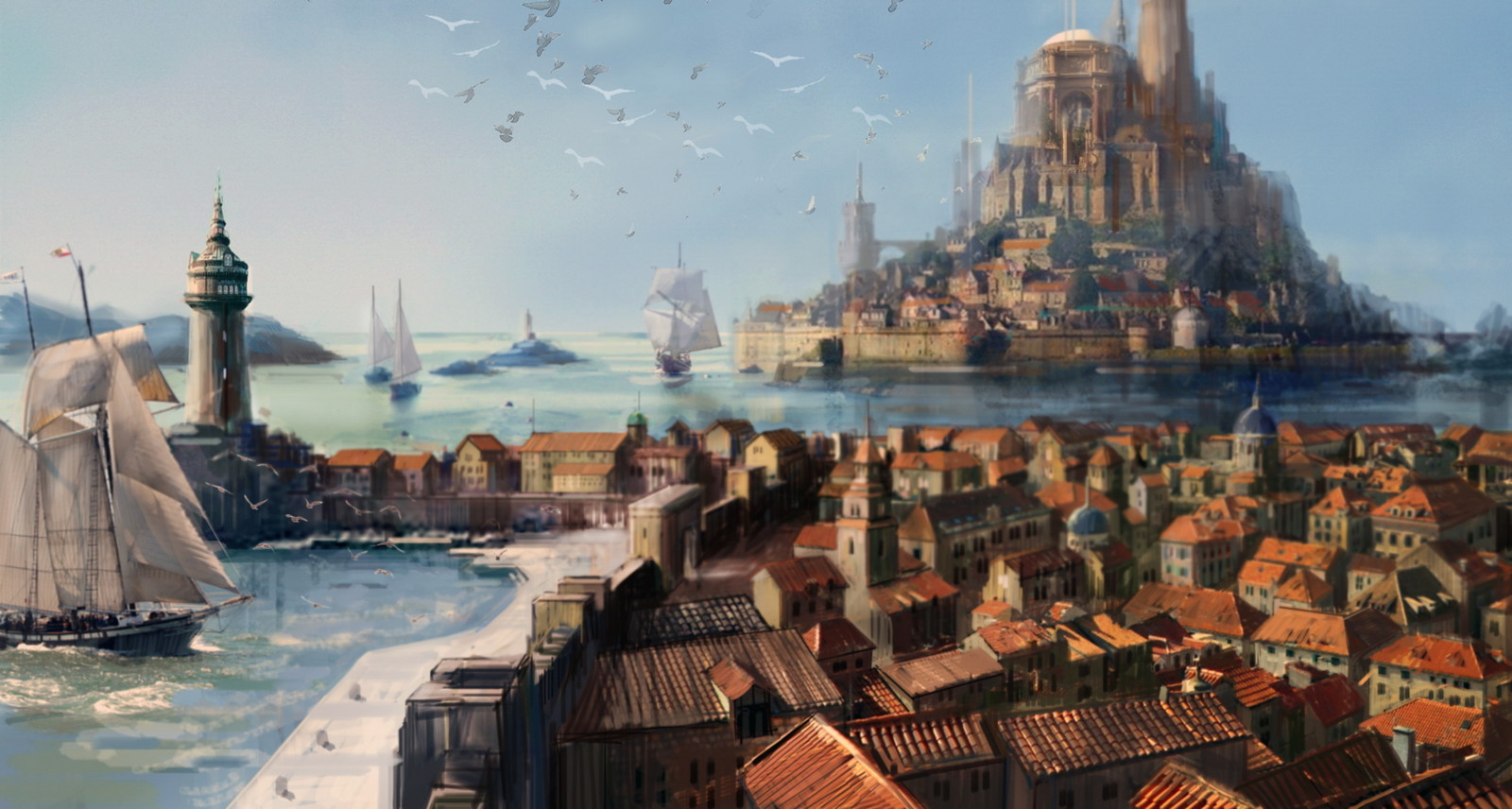Lost islands have long haunted the dreams of sailors. For centuries, tales of these vanished lands were exchanged in hushed tones, even within esteemed scientific circles.

On ancient nautical maps, we find a multitude of islands no longer charted: Antilia, St. Brendan, Hy-Brasil, Frisland, and the enigmatic Island of Seven Cities. Each holds a captivating story.
Legend tells of seven Catholic bishops, led by the Archbishop of Oporto, fleeing the Moorish conquest of Spain and Portugal in AD 711. Refusing to submit to their conquerors, they led a group westward on a fleet of ships. The story goes that after a perilous journey, they landed on a vibrant, expansive island where they built seven cities, forever marking their new home.
From its very discovery, the Island of Seven Cities has been shrouded in mystery. Subsequent centuries saw many dismiss it as a mere phantom. Yet, in the 12th century, the renowned Arab geographer Idrisi included an island named Bahelia on his maps, boasting seven grand cities within the Atlantic.
However, Bahelia too vanished from sight, remaining unmentioned until the 14th and 15th centuries. It was then that Italian and Spanish maps depicted a new Atlantic island – the Antilles. This iteration held seven cities with peculiar names like Azai and Ari. In 1474, King Alfonso V of Portugal even commissioned Captain F. Teles to explore and claim “Seven Cities and other islands in the Atlantic, north of Guinea!”
The allure of the Seven Cities in these years is undeniable. Flemish sailor Ferdinand Dulmus petitioned the Portuguese king for permission to claim the island in 1486, should he find it. Similarly, the Spanish ambassador to England, Pedro Ahal, reported in 1498 that Bristol sailors had launched several failed expeditions in search of the elusive Seven Cities and Frisland.
A perplexing connection arose between the Island of Seven Cities and Antillia. European geographers firmly believed in the existence of Antillia. Martin Behaim’s famed 1492 globe placed it prominently in the Atlantic, even claiming a Spanish ship had safely reached its shores in 1414!

Antillia continued to appear on maps throughout the 15th century. Notably, in a 1480 letter to King Alfonso V, Christopher Columbus himself mentioned it with the words “the island of Antillia, which is also known to you”. The king even recommends Antillia to him “as a good place where he will stop on his voyage and land on the coast”.
Though Columbus never set foot on Antillia, the phantom island lent its name to the newly discovered territories by him – the Greater and Lesser Antilles. The Island of Seven Cities, a beacon of mystery for centuries, continues to ignite our imaginations, it’s a remnant of the enduring power of human curiosity and the allure of the unknown.




